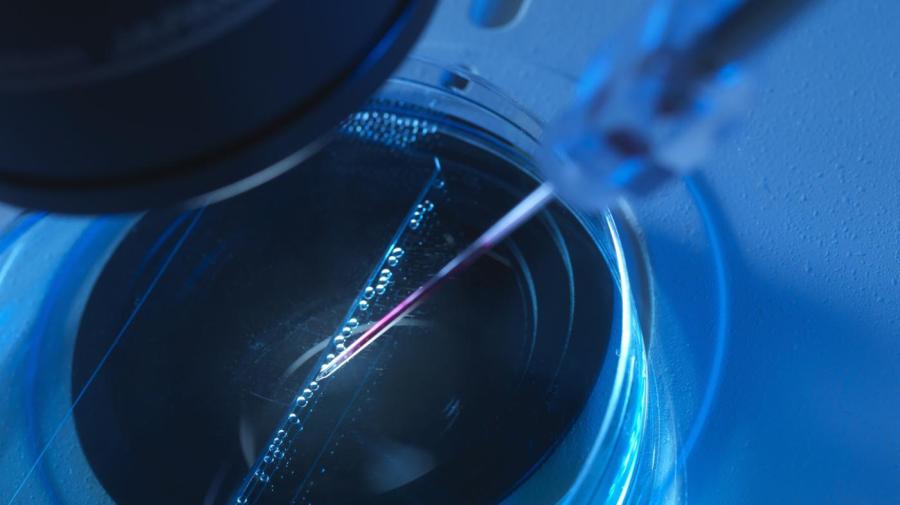What Do All Cells Have in Common?
Follow Us:
Twitter

All cells on Earth have genetic material (DNA), a plasma membrane, cytoplasm (also known as cytosol), and ribosomes. These features are ubiquitous between both prokaryotic and eukaryotic cells.
All living things use DNA as genetic material. Even viruses are able to use RNA, but their position as organisms is highly debated. The plasma membrane is at least a phospholipid bilayer with embedded proteins for stability, communication and import and export of nutrients. The cytoplasm is the liquid material of the cell that contains membrane-bound organelles in eukaryotes. Inside the cytoplasm and embedded certain organelles are ribosomes, which are responsible for protein synthesis.





